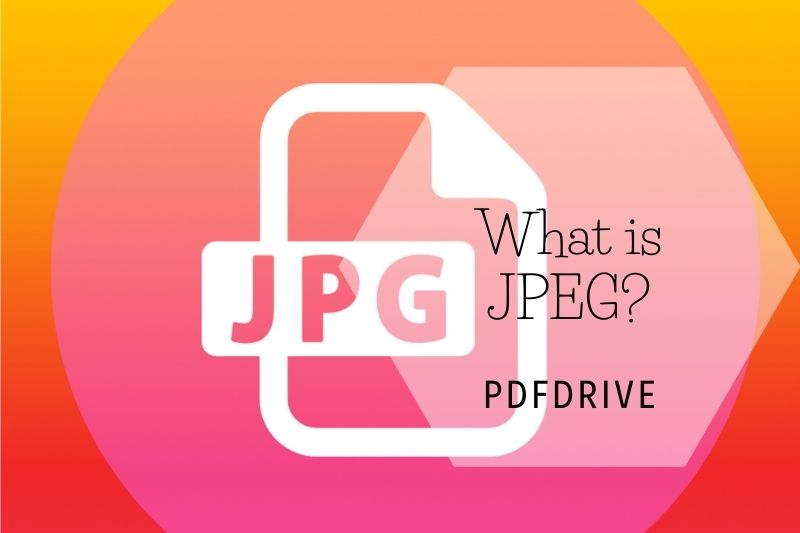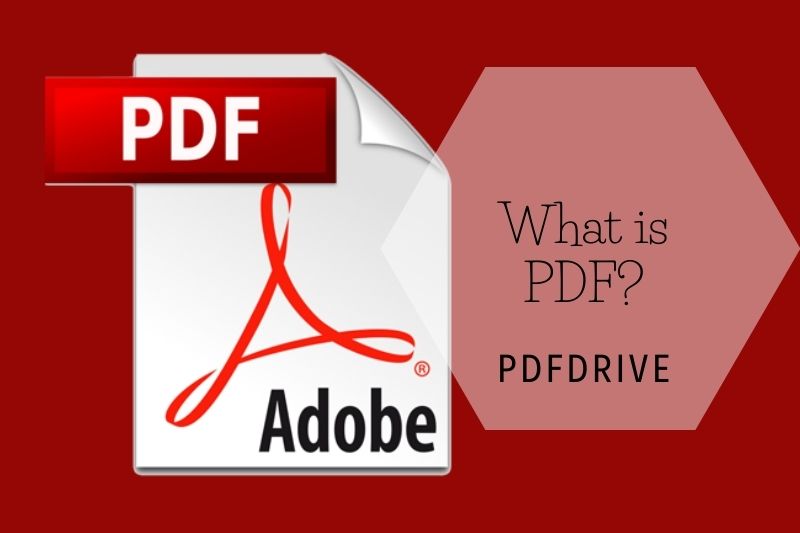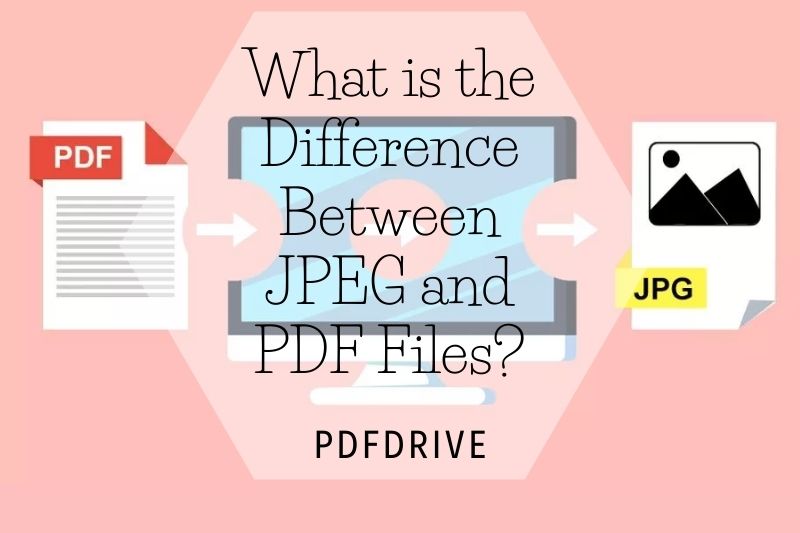PDF Vs JPEG 2022: Top Full Comparison For You
When it comes to image file formats, PDF vs JPEG are two of the most common. JPEG is a lossy format, meaning that it compresses the image data to save space. This can result in a degradation of the image quality. On the other hand, PDF is a lossless format, meaning that the image quality is not compromised when the file is compressed.
Contents
What is JPEG?

It is a file format that compresses images to a smaller size, particularly graphic images. It’s pronounced jay peg, which is the short version of Joint Photographic Experts Group. It was created in 1986, and it was ready for launch as the standard for image file formats by 1992.
JPEG is based upon the discrete cosine transformation (DCT), an irreversible compression process that Nasir Ahmad first proposed in 1972. It was created as an alternative to or an advanced version of GIF (Graphic Interchange Format).
The JPEG standard can contain more than a 16.5million colors, unlike the GIF standard, which can only be used for black and white images. The JPEG format has a 100-to-1 compression rate, which significantly improves GIF’s ability to compress images by only a factor of 4 to 1.
Digital photos and images have been a huge success since their introduction. They are smaller than before, which makes them ideal for web design. Images used social media or e-commerce websites.
JPEG images can be problematic for printing, particularly because of their compression. JPEG is often used to compress images.
This can lead to a loss of quality. JPEG works by compressing the image’s color variations to a common level. It also removes any elements that the human eye is not easily seen. If an image in JPEG format has been enlarged, it will appear blocky, making it unsuitable for printing.
What is PDF?

It is a file format that can share documents with worded materials, images, and bit maps among various types of computing devices. It’s pronounced Pee Dee Eff and stands for Portable Document Format.
The Research and Development team created it at Adobe Systems in the early 1990s. John Warnock, the co-founder of Adobe Systems, was the team’s leader. The R&D team was called Camelot. 2 Conference. It was first released in 2008 as an open standard.
In PDF, you can send annotations, videos, 3D objects, and other information, in addition to graphics and text. It can be multiple pages long and contain file attachments. Digital signatures and encryption are available to facilitate important projects and workflows without worrying about the right hardware, software, or operating system.
You can easily enlarge a PDF file without worrying about the quality of the images or text. A pdf file’s greatest asset is its versatility. The images can be enlarged to any size you like, and they can even be customized. This makes them ideal for printing.
What is the Difference Between PDF Vs JPEG Files?

You can store and share images and text in both PDFs and JPEGs. However, there are fundamental differences. Learn how to make the most of these file types.
Compression
JPEGs are used primarily for images. PDFs can be used to handle text- and image-based documents. JPEGs are compressed image data, so their file sizes tend not to be large. It makes it easy to share digital images via email and the internet.
JPEGs are lossy compressed, meaning that every time you save a file, you may lose some image data. This can impact quality.
The multi-purpose PDF is a great file type for images. It offers compression and won’t affect the original quality of your file. If PDFs are used for their primary purpose, it may be not easy to incorporate them into a webpage.
Editability
PDF has the advantage of preserving the content layout while allowing for editing of different sections (with Acrobat Professional). On the other hand, JPEGs can’t be broken down into parts because they compress all content to a single layer.
The PDF format allows users to copy the text they need elsewhere, unique among the two formats. The JPEG file format may be preferred if you embed an image in another document.
Storage
JPEGs are smaller than PDFs and can take up less space on your computer, portable drive, or cloud. But PDF files are more reliable for storing images and documents. You can upload, manage and share files from any device, including your mobile phone, with a Document Cloud subscription.
FAQ
What is the difference between PDF and JPEG files?
JPEG and pdf are different in that JPEG is used primarily to compress and transfer digital pictures. PDF, on the other hand, is used to send text and images as part of the file’s content.
Should I scan as JPEG or PDF?
The type of document being scanned will determine the best format. JPEG works well for images with color, while PDF works best for forms and text files. There are many file formats available, including PDF Searchable that allows you to search for specific words or phrases.
Is PDF good for printing?
PDF images can be used for printing, particularly for posters, flyers, and graphic design. When images are to be downloaded, PDF images can also be stored online. PDFs store your images in one package so that viewers can easily print and save designs or booklets.
Why are files not saved as PDFs?
You may not be able to save your PDF file after editing. This could be due to the fact that you do not have the latest Adobe Acrobat version. It is often possible to fix the problem quickly by changing the storage settings. Any PDF-related errors can be fixed by running Adobe Acrobat as administrator.
Conclusion
There are many benefits to using PDFs rather than JPEGs. PDFs are smaller, making them faster to download and easier to store. They are also more secure, as they can be password-protected. Finally, they are more accessible, as a wider range of software can read them. Thanks for reading! PDFDrive will bring back more relevant articles for you!
